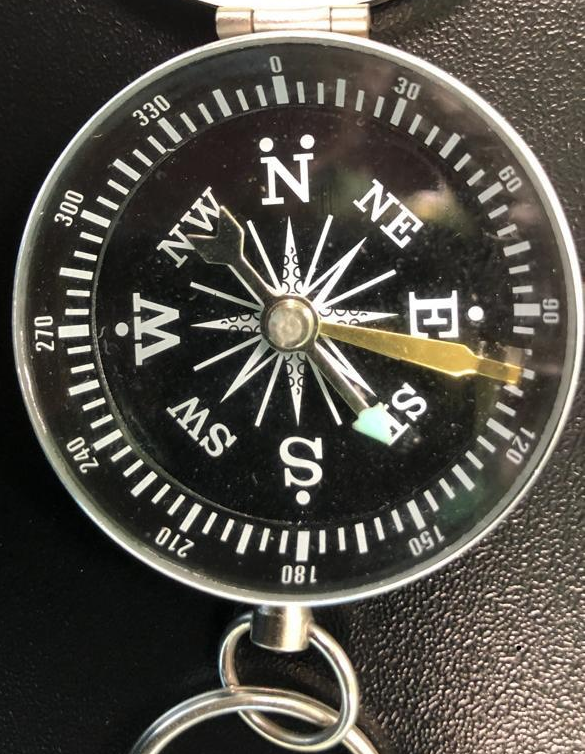A few days ago, I was having a casual conversation about ‘el sector’, which is how people in this area refer to the agricultural industry in the southern Spanish regions of Almería, Granada and Murcia, whose citizens could be called “southeasterners”. Once again the same old story came up: how lucky our sector is to be located where it is and to be receiving so many subsidies. Luck? Really?
“El sector” manages to produce 40-100% of fresh European vegetables during five months of each year, depending on the month and product. In Almería “el sector” produces some 40% of the provincial GDP, despite what some might deem a nineteenth-century business environment—the co-operative. So, where is the luck? Who, or what resource, is responsible for the success of “el sector”? Some say it is the collaboration with auxiliary industries: technology, genetics and finance. Others say it is our window of productivity that feeds Europe throughout the winter months. And others think it comes down to farm subsidies. The list goes on.
The analysis of our success in agriculture in the southeast of Spain needs to keep several key circumstances in view:
- We haven’t got abundant natural resources to exploit: neither fertile soil nor ample water nor sufficient mining opportunities, to name a few.
- Transport from Almería is difficult and expensive. A flight from Almería to Madrid can cost more than a flight from Madrid to New York City; the conventional train to Madrid is a six-hour odyssey compared to Malaga’s fast modern AVE. In fact, there was more train track in the 19th Century in Almería than there is now. Murcia and Granada aren’t much better off.
- There is no “industry” (by which I mean income-generating production) that was given land or work from some post-war treaty, so we must continually acquire by our own labor what we were not handed on a plate.
- There is no “industry” that exploits imbalances as in other places, painting us as victims and committing economic extorsion through local political parties.
- There is no “industry” that drains capital resources from the government. Granada and Almería are not provincial centers, indeed they are far from the powerhouses of the State and the regional government of Andalucia. Murcia is it’s own region, and therefore cannot pretend to drain funds from other regions.
- There is no sense of claiming extra privileges on account of being a vital sector for the life and well-being of the entire continent. From ordinary citizens, companies and cooperatives, to trade unions and political groups, the people of the southeast provinces know that their destiny depends upon themselves and their own efforts.
- «The sector» is not organized into lobbies capable of preventing their products from becoming a bargaining chip in negotiations with other countries such as Morocco. Nor can it arbitrarily raise the price of vegetables to cover losses from tech failures or bad crops. It certainly cannot vary the price of eggplants depending on the time of production as they do in the powerful energy lobbies.
- Subsidies are practically non-existent. Vegetable sales revenue in FVPO receives a mere 4.1% of the value for the farmer to re-invest. It is qualitatively sufficient to give impetus to «el sector», but not enough to consider it sustenance. And certainly nothing compared to the aid given to other sectors, such as the renewal plans offered to the automobile industry that everybody likes so much.
- The southeastern Farmer resists being a sharecropper or a temp or a migrant worker for private or fund inversions, and chooses the cooperative as his main business model which is neither bought nor sold.
At this point, if we had to identify what most sustains the success of “el sector” in the southeast, what would it be? The real reason for this collective and significant success is the AGRICULTURAL ENTREPRENEURSHIP OF SOUTHEASTERN FARMER.
We are growing our business without subsidies and with enormous uncertainties. We have put our own patrimonies on the line, knowing that there is no Plan B if we fail. We are growing by going head to head with other production zones, especially within our sector. If it goes bad, nobody will come to our aid, Big Daddy won’t dole out his money, and our regions won’t help us either since what little funding there was has dried up.
We grow our work in “el sector” in order to survive. It is not an option, this is life-saving entrepreneurship, stark and fierce, knowing that this season could be our last. The greatest richness of the southeast, upon which everything else has been built.


